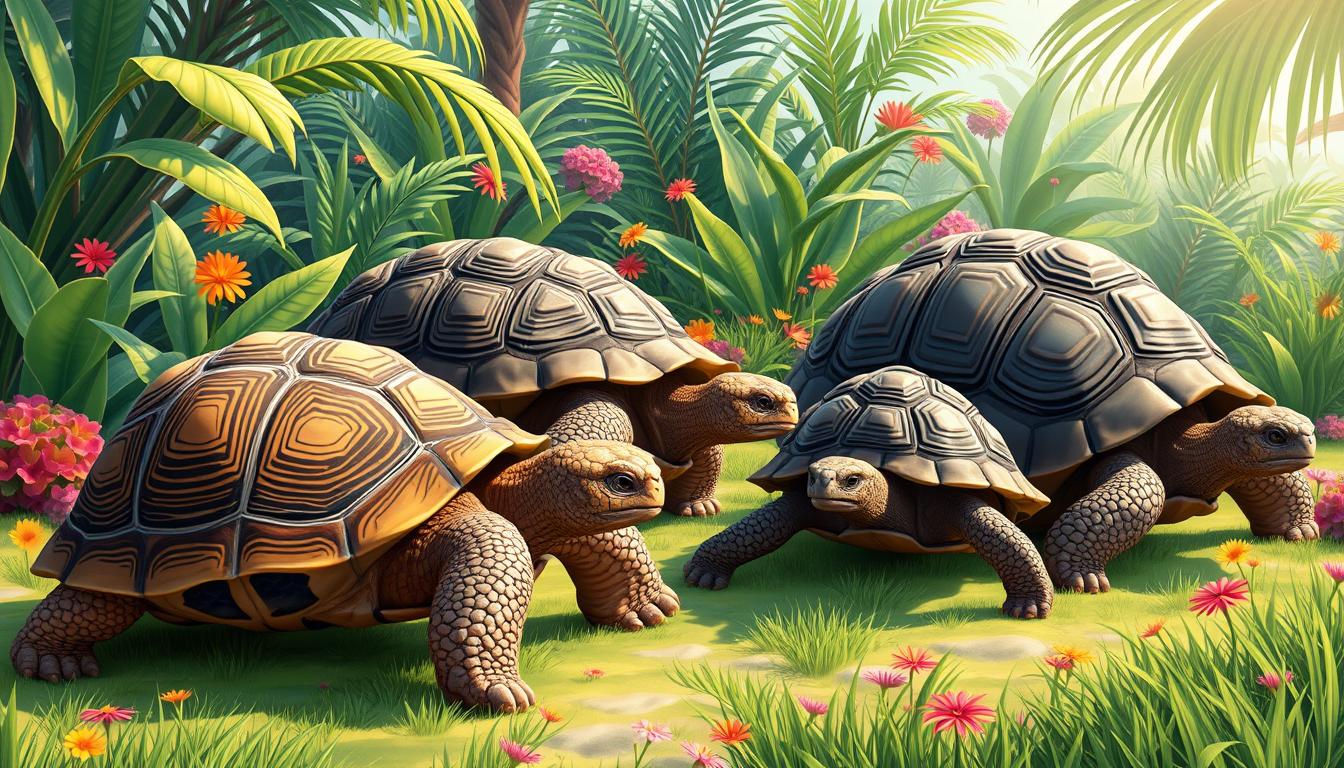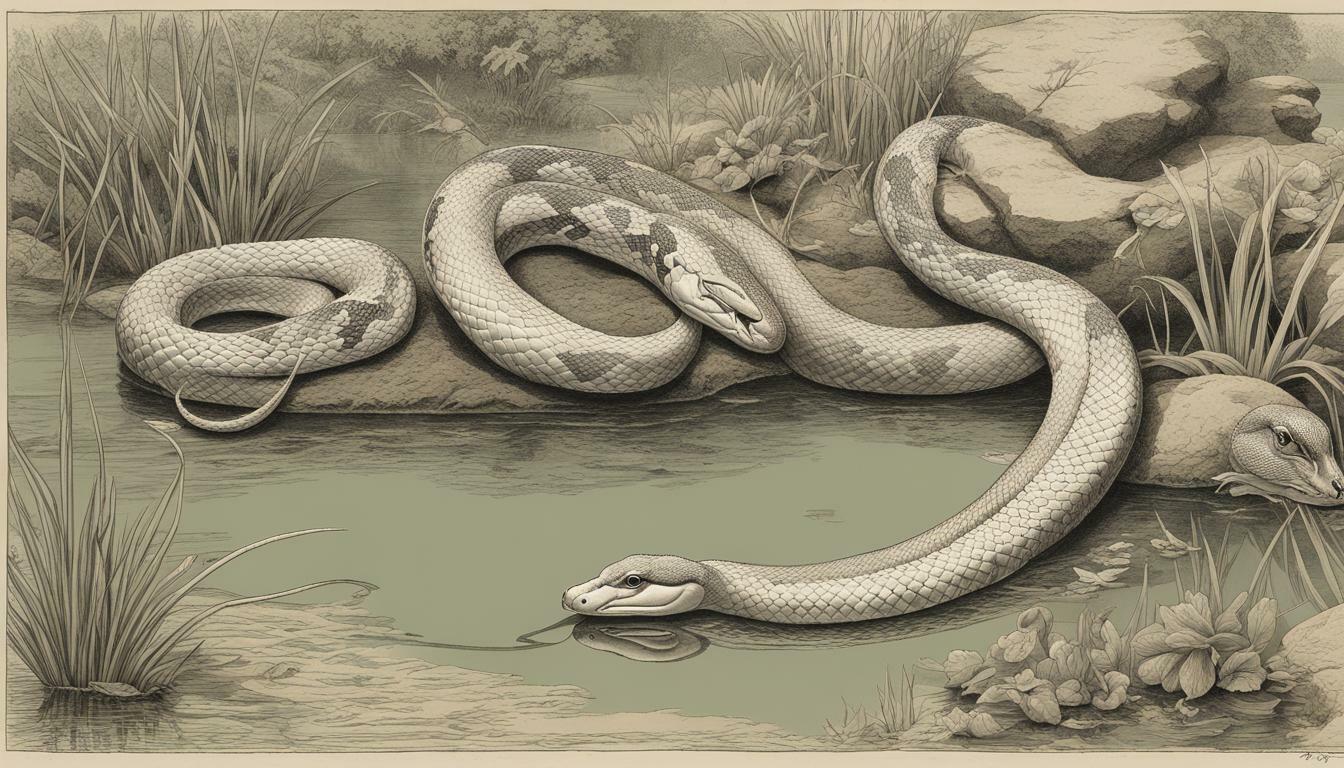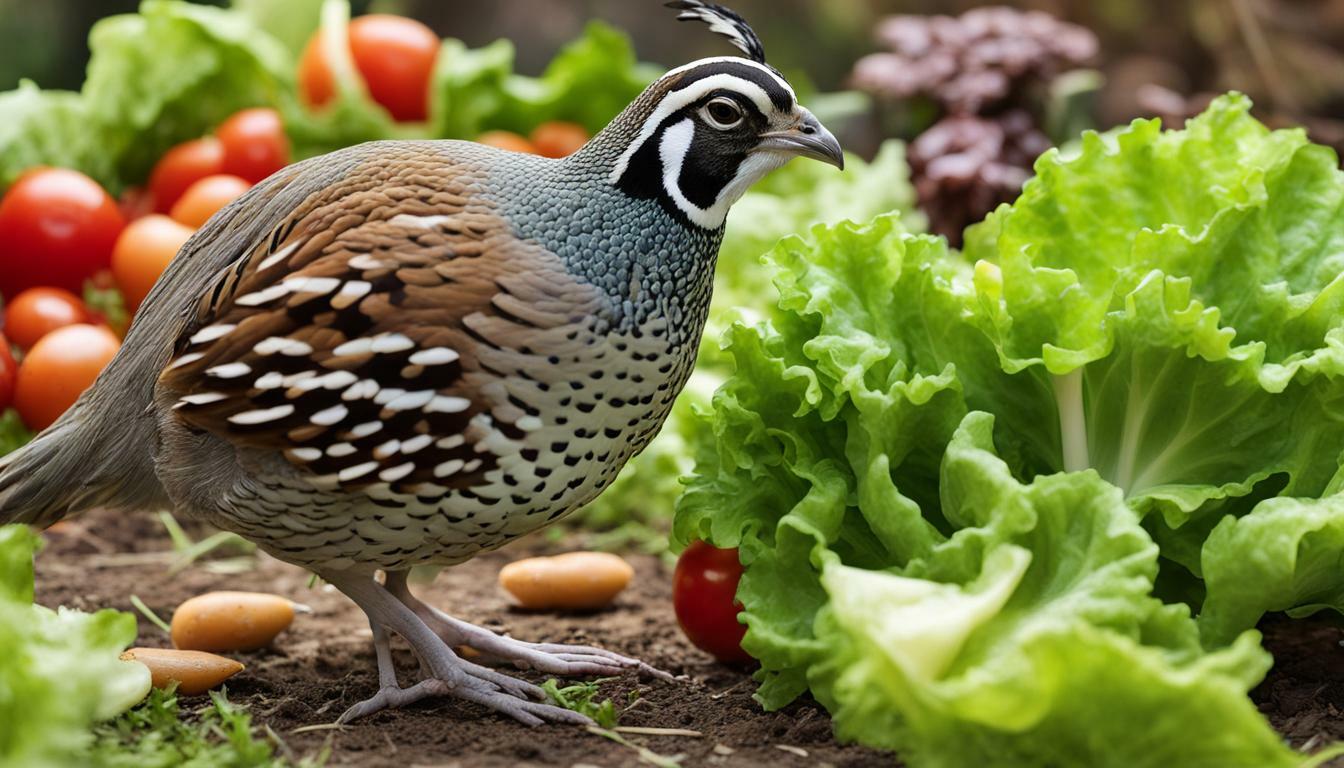Fun Facts About Tortoises: Amazing Land Dwellers

Table of content:
Tortoises are really cool creatures that have been on Earth for over 230 million years. They even came before dinosaurs. These animals live alone and have shells, move slowly, and live a long time. Some tortoises can live over 100 years. The oldest tortoise, Jonathan, is 190 years old.
Tortoises have special bodies. Their shells have a top and bottom part that join together. The top shell’s scales can show how old a tortoise is by counting growth rings.
Tortoises are great at adapting. They can hold their breath for a long time because they can handle a lot of carbon dioxide. They come in all sizes, from the huge Galapagos Tortoise to the tiny Speckled Tortoise in South Africa.
People love tortoises for many reasons. They are long-lived, have cool bodies, and move slowly. Tortoises are amazing animals that have won the hearts of many people worldwide.
Understanding Tortoises and Their Unique Traits
Tortoises are amazing animals that have been loved by many for a long time. They live on land, unlike turtles that live in water. Tortoises have a special shell, big feet, and eat plants. These features help them live in many places.
Differences Between Tortoises and Turtles
Tortoises and turtles are both in the same group, but they are different. Tortoises live on land, have a heavy shell, and big feet. They are not good at swimming. Turtles live in water, have flippers, and are great swimmers.
Physical Characteristics and Adaptations
The shell of a tortoise is very important. It has bones that help protect it. The shell also helps keep the tortoise warm or cool, depending on the color. The shell can even feel touch.
Lifespan and Growth Patterns
Tortoises can live a very long time. Some live over 100 years. The oldest tortoise, Jonathan, is 188 years old. Tortoises grow based on size, not age.
Tortoises have been on Earth for over 230 million years. They lived with dinosaurs and are still alive today. Their long lives and special traits make them very interesting.
Tortoise Behavior and Lifestyle
Tortoises are really interesting. They have special behavioral traits and social interactions. These land-dwelling reptiles show complex mating behaviors and nesting habits.
Social Behavior and Communication
Tortoises are not always alone. They have social interactions. They use their vomeronasal organ to talk to each other. This helps them form groups in the wild.
Seasonal and Daily Activity Patterns
Tortoise activity patterns change with the weather. In cold months, they sleep a lot. In warm places, they stay active all year. They like to bask in the sun during the day.
Common Myths About Tortoises
- Tortoises can move fast when they need to. They are smart and can solve problems.
- They don’t take care of their babies much. But some protect their nesting sites to keep eggs safe.
- Even though they seem slow, tortoises can change their behavioral patterns. They show many interesting social behaviors.
Fascinating Facts About Tortoise Anatomy
Tortoises are amazing land animals with special bodies. They have unique breathing systems and shells. These features help them live well in different places. Let’s look at some cool facts about tortoise bodies.
Sensory Abilities: Touch, Sight, and Hearing
Tortoises can feel things very well. They have nerves in their shells that help them sense even small touches. They also have a strong sense of smell, using a special organ to sniff out smells on land and in water.
Though their eyesight isn’t the best, tortoises can see colors like red, yellow, and green. They can even see ultraviolet light. They can also hear some sounds, which helps them talk to each other and stay safe.
Unique Defense Mechanisms
The shell of a tortoise is very special. It’s made from their spine and rib cage, making it strong and safe. When they feel scared, they can pull their heads and legs into their shell.
This makes a loud sound to scare away predators. Their shells are also made of a hard material called keratin. This makes tortoises very good at surviving in the wild.
Tortoises are truly amazing. Their bodies are made for living in many different places. They have special senses and ways to protect themselves. These animals amaze and inspire us with their strength and ability to adapt.
Diet and Habitat Preferences
Tortoises mainly eat plants like weeds, grasses, and fruits. Knowing what they eat helps keep them healthy. This is true for pet tortoises and those in the wild.
What Do Tortoises Eat? (Diet Breakdown)
Most tortoises are herbivores. They need plants to get enough calcium and nutrients. Their diet includes:
- Grasses: Timothy, Indian Rice grass, Bermuda grass, and Orchard grass
- Edible weeds: Clovers, mallows, dandelions, broad leaf plantain, wild violets, and wild strawberries
- Edible flowers, shrubs, and ornamental plants: Rose bushes, hibiscus, rose of sharon, grape leaves, hostas, ostrich ferns, and pansies
- Optunia cactus, a common food source loaded with fiber and calcium
- Mushrooms, an important fiber source for forest-dwelling tortoise species
Habitat Requirements in the Wild vs. Captivity
Tortoises live in warm places in the southern hemisphere. Their natural habitat
Keeping tortoises in a home requires a similar environment. They need the right temperature, humidity, and food to stay healthy.
Survival Skills and Adaptations
Tortoises are amazing at surviving in tough places. They save water and find their way around easily. These old reptiles have been around for over 230 million years.
Conquering Extreme Conditions
Tortoises can live in hot deserts, wet forests, and more. Their strong shells keep them safe and help control their body heat. Some, like the African spurred tortoise, can last up to a year without water.
Longevity Secrets of Tortoises
Tortoises live a long time, sometimes over 100 years. They move slowly to save energy. Harriet, a Galapagos giant tortoise, lived for 175 years.
Navigating and Homing Abilities
Tortoises are great at finding their way. They even beat rats in maze tests. They use what they see to learn and find their way back home. This helps them stay safe and play a big role in keeping nature healthy.
Tortoises are truly special. They’ve been around for millions of years. Their ways of staying safe and helping nature are inspiring.
Historical and Record-Holding Tortoises
Tortoises have amazed people for a long time. Harriet, a Galápagos tortoise, was collected by Charles Darwin. Later, she was cared for by Steve Irwin in Australia. She lived about 175 years.
The sulcata tortoise is big and popular as a pet. The Galápagos and Aldabra giant tortoises are the biggest. Jonathan, a Seychelles giant tortoise, is the oldest known tortoise, almost 190 years old.
Longest Living Tortoises on Record
- Jonathan, a Seychelles giant tortoise, believed to be almost 190 years old
- Tu’i Malila, a radiated tortoise, has lived for almost 188 years
- Harriet, a Galápagos tortoise, lived around 175 years
Notable Tortoise Species and Their Characteristics
- Sulcata tortoise (African spurred tortoise): The third-largest tortoise species, popular as pets
- Galápagos tortoise: The largest tortoise species, with an average lifespan of over 100 years
- Aldabra giant tortoise: Another giant tortoise species, closely related to the Galápagos tortoise
Tortoises have inspired military tactics, like the “testudo” formation. They were the first animals to circle the moon and return safely in 1968.
Conclusion
Tortoises are amazing creatures that have caught our eye for a long time. They live a long life and have special ways to survive. They also have interesting behaviors and live in many different places.
It’s important to know how to take care of them. This helps them as pets and in their natural homes. We must also help protect them from harm.
If you love tortoises or just want to learn about them, there’s always more to find out. They show us how strong life can be. Learning about the dangers they face helps us protect them.
By loving tortoises, we can make our lives richer. We also help keep their homes safe. Let’s keep exploring and loving tortoises, both as pets and in the wild.
Welcome. I’m Adreena Shanum, the proud owner of this website, and I am incredibly passionate about animals, especially poultry. I founded adreenapets.com as a labor of love, stemming from my desire to share my knowledge and experiences with poultry enthusiasts worldwide.




